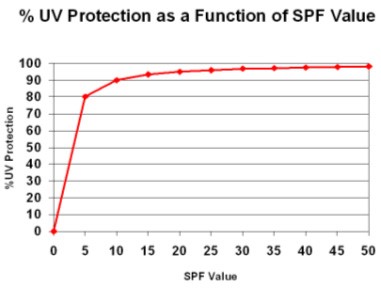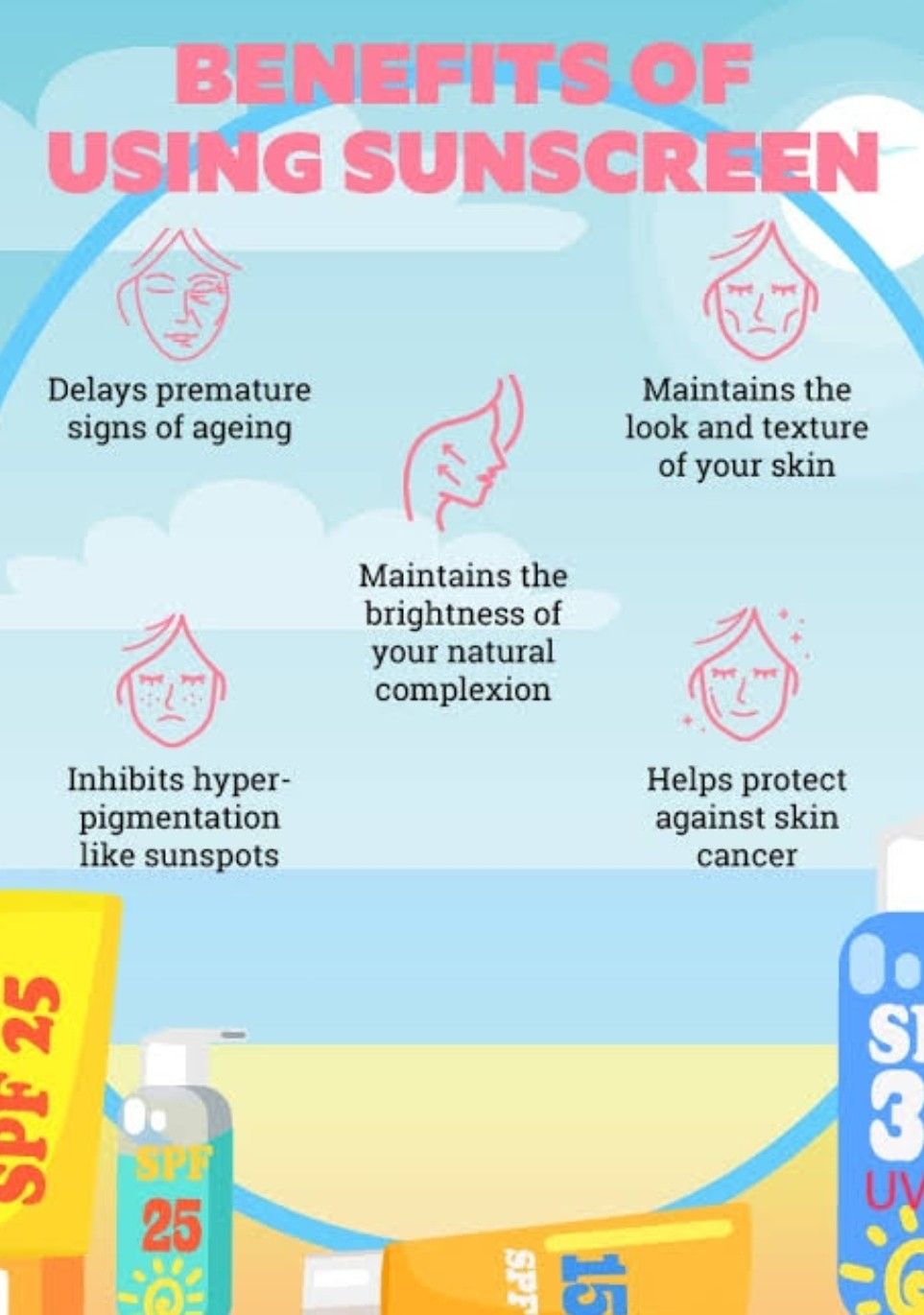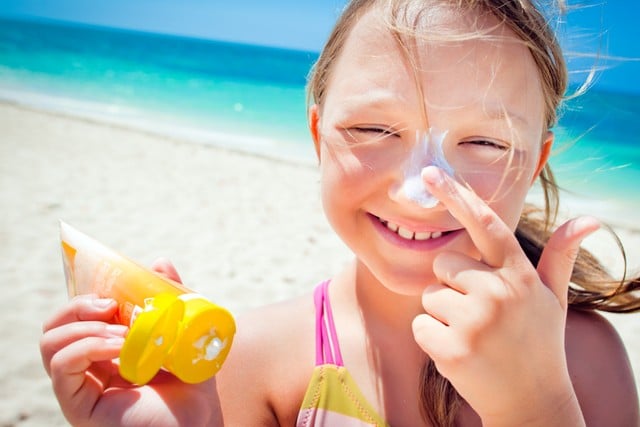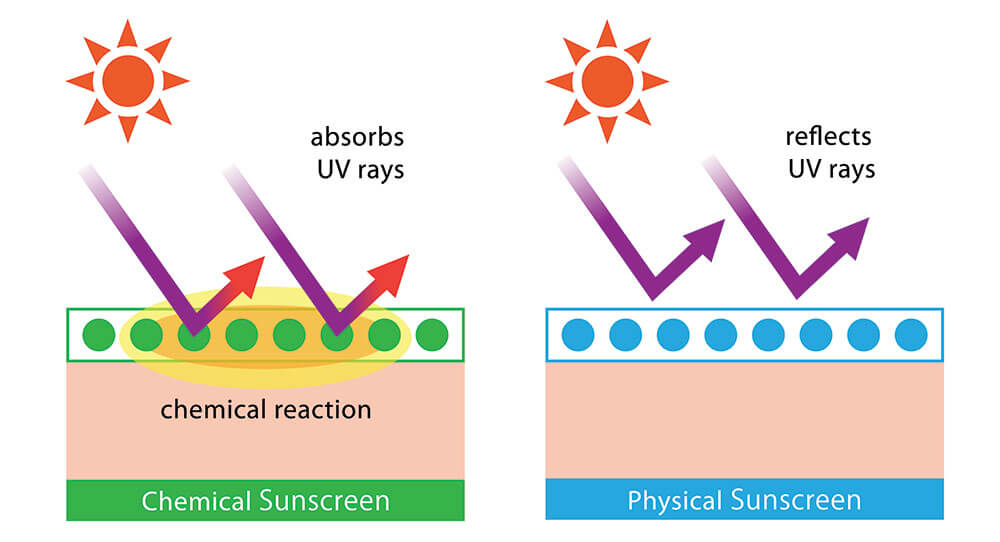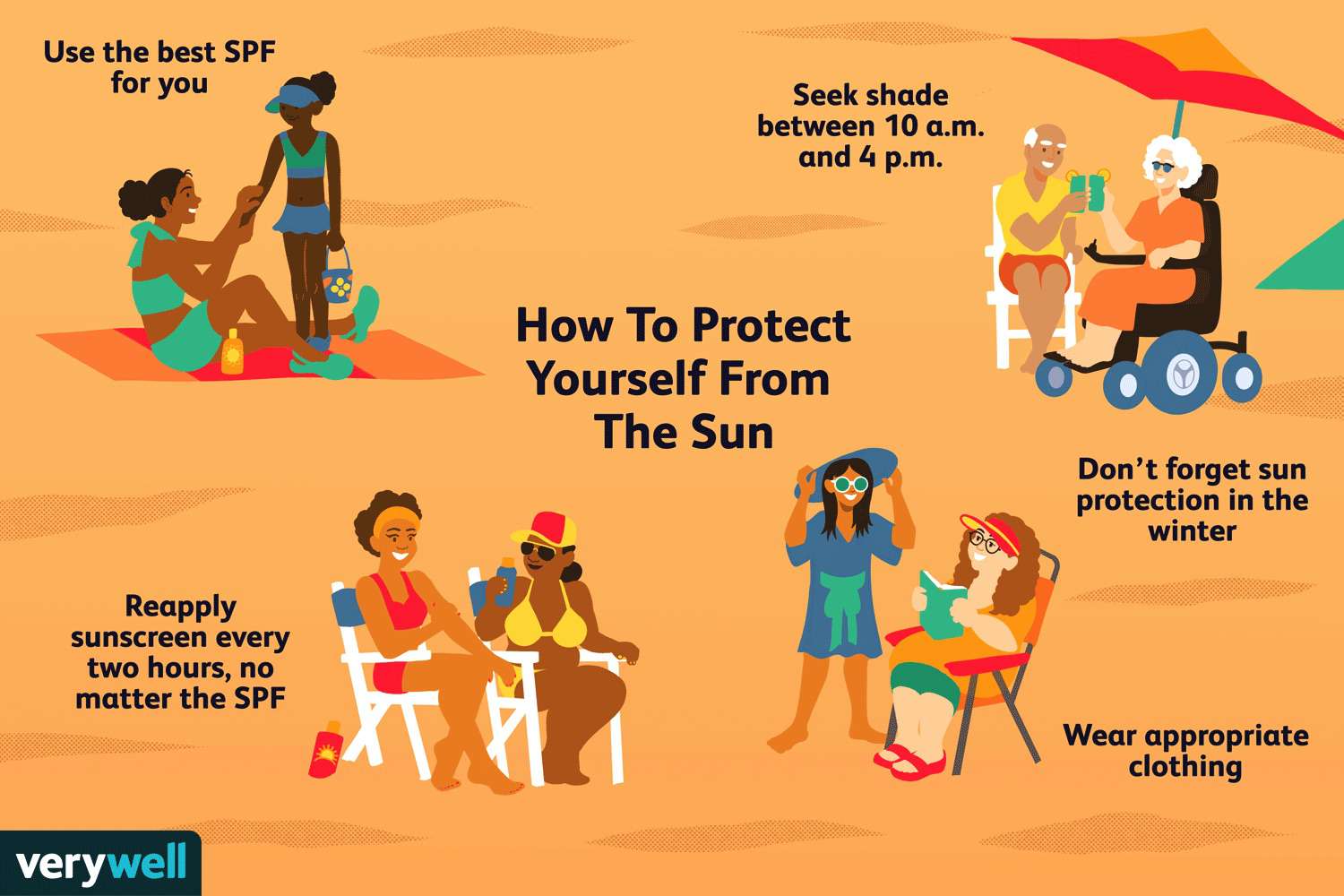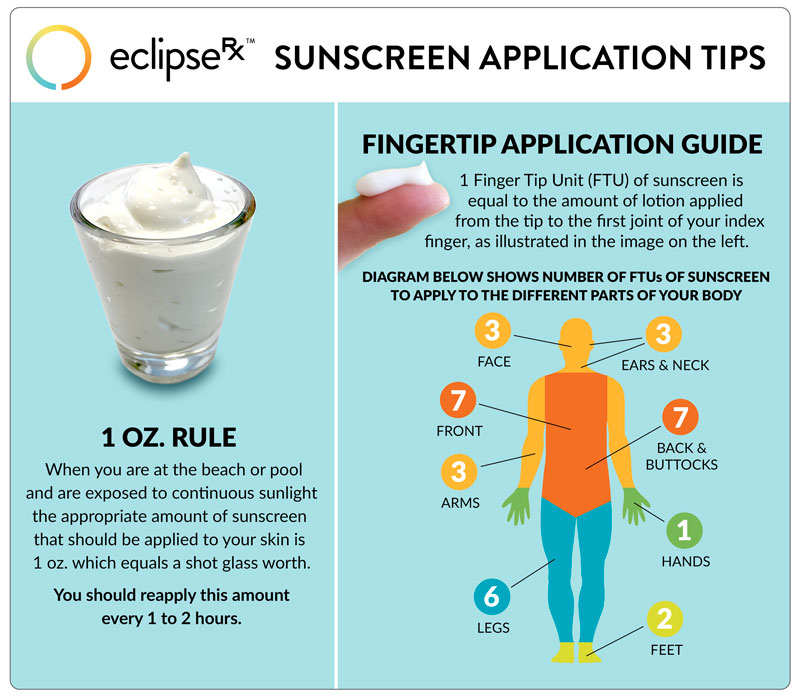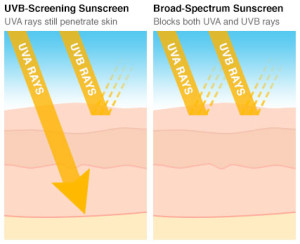Posts Tagged ‘Sun Protection’
Best Ways to Keep Skin Protected From the Sun. By Our Student Pharmacist, Hannah Hagar.
With warmer and sunnier days ahead of us, it’s important to keep in mind the positive and negative side effects of sun exposure. While getting sun can increase vitamin D levels and creates opportunities for outdoor physical activities, it can also lead to skin damage from ultraviolet (UV) rays that can cause sunburns and sometimes lead to skin cancer, called melanoma. The 5-year relative survival for melanoma of the skin is 93.5%, as reported by the National Cancer Institute of the National Institutes of Health (NIH). Although traditionally melanoma has a good prognosis, UV rays can also cause premature aging to the skin.
Luckily, there are ways to prevent skin damage with sunscreens and other strategies.
Prevention Strategies:
Some strategies include:
- staying in the shade
- wearing long sleeved clothing
- protecting your face and eyes with hats and sunglasses
Additionally, the use of sunscreen can help when used in combination to these strategies. The effectiveness of sunscreen is determined by SPF, which stands for sun protection factor. This compares the amount of UV radiation required to result in a sunburn when wearing sunscreen versus not wearing sunscreen.
The Centers for Disease Control and Prevention (CDC) recommends wearing a broad spectrum (protects against UVA and UVB rays) sunscreen with an SPF of 15 at a minimum.
It is important to have protection against UVA because those rays can be damaging to skin and increase aging of the skin. UVB rays are stronger than UVA rays and can cause sunburns and skin cancer. Therefore, broad spectrum sunscreens are a must; however, there does not seem to be much of a benefit in wearing an SPF greater than 50. The graph attached shows the fraction of UV lights that are blocked at increasing ranges of SPF, with the difference between SPF 30 and 50 being only 1.3% more rays blocked.
Types of Sunscreen:
There are two types of sunscreen: physical and chemical.
Chemical sunscreens absorb the UV radiation and contain chemicals such as avobenzone, octocrytene, and oxybenzone.
Physical sunscreens are preferred, because they reflect UV radiation. They are often zinc and titanium oxide-based products and can be more difficult to rub into the skin.
There are also lip balms that contain SPF to protect lips from getting dried out or burned. It’s important to note that although sun protection is most thought of during hot and sunny days, UV rays are a threat any time the sun is out, even when it’s cloudy. The UV index can change throughout the days and seasons, but sunscreen should really be applied during any time outdoors.
How to Apply Sunscreen:
- Use around 1 ounce (shot glass) and apply at least 15 minutes before going outside.
- Rub in thoroughly to all bare skin (don’t forget places like neck, ears, and feet).
- Reapply at least every two hours or more frequently if sweating or in water.
- Check expiration dates and throw away if more than three years old.
Fun in the Sun. By Our Student Pharmacist, Madison Price.
It’s beginning to warm up and that means spending more time outdoors. Spending time outside is a great way to eliminate stress and get some vitamin D. During this time, it is especially important to protect your skin from excess sun exposure.
The sun emits two forms of radiation: UVA and UVB rays.
UVA ray exposure contributes to premature skin aging and sun damage such as wrinkles, sagging, and leathery skin.
UVB rays are more responsible for sunburns.
Easy ways to prevent UV damage to your skin barrier include:
- wear protecting clothing
- apply/reapply sunscreen
- avoid being outdoors when the UV rays are at their strongest (between the hours of 10 am to 4 pm).
UV Protection Basics
For starters, reduce your risk of sun damage by spending time outdoors under an umbrella or in a shaded area. Additionally, use protective clothing such as a wide brimmed hat with long sleeves and long pants if possible. If long sleeved clothing isn’t an option, be sure to pack a t-shirt or a cover up for your next trip to the beach. Don’t forget to wear sunglasses to protect your eyes.
Let’s Talk Sunscreen
There are an abundance of sunscreen products available today. SPF 15, 30, 45, 100!
What exactly does this mean?
SPF stands for sun protection factor and works by extending your skin’s natural barrier against the sun’s rays. For example, an SPF 15 sunscreen would provide approximately 15 times more sun protection than your body without sunscreen. A broad-spectrum sunscreen with at least SPF 30 is a good start and covers both UVA and UVB rays.
Keep in mind, sunscreen does wear off over time with sweat and water from the pool or ocean. It is important to reapply sun protection every two hours after swimming, sweating, or toweling off.
There are a variety of sunscreen products available, some formulated for the face and body.
Sunscreen can be divided into two main categories, physical and chemical sunscreen.
So what’s the difference between the two?
Chemical sunscreens have organic compounds such as avobenzene, octobenzene, and octocrylene that act as a sponge, absorbing UV rays so your skin doesn’t have to. These products are often easy to apply and do not leave a white cast. Individuals with sensitive skin may experience occasional redness or irritation with chemical sunscreens.
Physical or mineral sunscreens include inorganic compounds such as zinc oxide and titanium dioxide that serves as a barrier to reflect harmful UVB rays. Physical sunscreens may be white in color, may require longer time to rub into the skin, and may leave a white cast on individuals with a darker complexion. Today, there are some physical sunscreens with tinted zinc oxide that eliminate that white cast.
How to Apply Sunscreen
Apply sunscreen at least 15 minutes prior to sun exposure to allow the product ample time to blend into the skin. The average adult needs approximately one ounce of sunscreen for their entire body, or the equivalency of a shot glass to cover the body head to toe. Don’t forget the ears, nose, lips (there are several lip balm brands with SPF available), back of the neck, and the top of the head in balding individuals.
Did you know that certain medications make your skin sensitive to the sun? A few medications include:
- Accutane
- Retinol
- Bactrim
When using these products and medications, always remember to apply sunscreen!
References
https://www.cdc.gov/cancer/skin/basic_info/sun-safety.htm
https://www.cdc.gov/cancer/skin/sunsafeselfie/index.htm
https://www.healthline.com/health/physical-vs-chemical-sunscreen
https://www.healthline.com/health/what-spf-should-i-use#understanding-spf
Don’t Fry Day is Coming Up! By Our Student Pharmacist, Aricca Senkow.
The National Council on Skin Cancer Prevention designated the Friday before Memorial Day as Don’t Fry Day. This year it will fall on Friday, May 28.
Being cautious of your skin exposure should be an all year thing, but with the weather getting nicer, our amount of time in the sun is increasing!
We want to make sure you are educated to keep your skin safe this summer.
As stated by the Food and Drug Administration (FDA), exposure to the sun can cause sunburn, skin aging, (such as skin spots, wrinkles, or “leathery skin”), eye damage, and skin cancer, the most common of all cancers.
In 2015, the Centers for Disease Control and Prevention (CDC) reported more than 80,422 people were diagnosed with melanoma, the most serious form of skin cancer.
Each year about 4.3 million people are treated for basal cell cancer and squamous cell skin cancer in the United States.
Sun damage occurs when there is exposure to ultraviolet (UV) radiation. Sunburn is a type of skin damage caused by the sun. This damage can also happen in tanning beds, as well.
Within the UV radiation, there are two types: UVA and UVB rays. UVB rays are the primary cause of sunburn, but both UVA and UVB rays contribute to skin cancer.
What to look for when picking out the right sunscreen for you:
- It is important to read the label. All sunscreens protect against the sun’s UVB rays, but those that are labeled “broad spectrum” will provide protection against UVA rays as well.
- It is recommended to use broad spectrum sunscreens with a Sun Protection Factor (SPF) value of 15 or higher.
- Some sunscreens claim to be “water resistance.” This means that they will provide about 40 to 80 minutes of the labeled SPF-level of protection while swimming or sweating. No sunscreen is completely waterproof or sweatproof.
- Products that are labeled “sunblock” still need to be applied at least every two hours for protection.
- Remember to check the expiration date on sunscreens before use.
Tips on how to properly apply sunscreen:
- Apply sunscreen liberally to all uncovered skin, especially your nose, neck, hands, feet, ears, and lips (there are certain lip balms that offer SPF protection). Don’t forget those tricky areas! It is helpful if you can have someone who can help you reach those uncommon spots.
- Reapply at least every two hours, and even more frequently if you’re swimming or sweating. Refer to the product label for specific application instructions.
Other tips to help protect your skin from sun damage:
- Most weather apps provide the UV forecast for the day. This can let you know the UV index throughout the day so you can be properly prepared before heading out.
- Limit your time in the sun, especially between 10 am and 2 pm, as this is when the sun’s rays (UV index) are the most intense.
- When possible, wear long-sleeved shirts and long pants. If this isn’t practical, try to go for a dark colored t-shirt or cover-up. Also, a wet t-shirt offers much less UV protection than a dry one.
- Hats are a great option. It is recommended to wear a hat with a brim that goes all the way around to protect your face, ears, and neck. With baseball caps, make sure to apply sunscreen to the ears and back of your neck as these areas are more exposed.
- Sunglasses are also highly recommended to help protect your eyes from UV rays. Look for sunglasses labeled with UVA/UVB rating of 100% to get the most protection.
Sources:
Don’t Fry Day. EPA. https://www.epa.gov/sunsafety/dont-fry-day. Published August 18, 2020. Accessed May 11, 2021.
Sun Safety. Centers for Disease Control and Prevention. https://www.cdc.gov/cancer/skin/basic_info/sun-safety.htm. Published April 28, 2021. Accessed May 11, 2021.
Tips to Stay Safe in the Sun: From Sunscreen to Sunglasses. U.S. Food and Drug Administration. https://www.fda.gov/consumers/consumer-updates/tips-stay-safe-sun-sunscreen-sunglasses Accessed May 11, 2021.
Sun Protection. By Our April Student Pharmacist, Mark Borns.
With spring here and summer right around the corner, many people are more active outside with increased exposure to the sun’s harmful rays. Before making the mistake of spending the day outside, there is important information to understand about risks from the sun’s ultraviolet (UV) radiation and how to protect yourself.
The increased popularity of outdoor activities and recreations in recent years is strongly related to the increased incidence in skin cancer. Staying in the sunlight too long is widely accepted as the cause and experts believe that four out of five cases of skin cancer could be prevented by avoiding UV radiation.
The best way to protect your skin is to make sun protection part of your daily routine. Here are some methods and tips to utilize before spending your next day outside.
Clothing
- Wearing protective clothing is a great method to prevent exposure to the sun.
- A wide brimmed hat can help block the sun from your face.
- Long pants and shirts can cover much of the body’s otherwise exposed skin.
- Tightly woven, light colored, lightweight fabrics will provide the most comfort and protection.
Sunscreen
Wearing protective sunscreens is a must for exposed skin. Sunscreen provides a barrier that reflects UV radiation and prevents damage to the skin. Sunscreens or sunblocks are available as lotions, sprays, wax sticks, and creams.
When choosing a sunscreen, the FDA recommends using at least SPF 15 and coverage from both UVA and UVB rays. Check the label to ensure that the ingredients are listed as broad spectrum.
Some sunscreens are labeled as water-resistant. Keep in mind that this does not mean waterproof. Water-resistant sunscreens can stay on the skin longer even if you are in a pool or sweat, but they still need to be reapplied. Check the label for directions.
Typically sunscreen should be applied 30 minutes before going outside so there is time for it to absorb or soak into the skin. Then reapply every two hours while outside. Remember to apply sunscreen to commonly forgotten spots such as ears, lips, back of the neck, and tops of feet.
Sunglasses
- Wear sunglasses to protect your eyes. Look for lenses labeled with 100% protection against both UVA and UVB rays. Darker lenses do not always mean more protection so be sure to check before your purchase.
- Be careful with children, as toy sunglasses may not offer adequate protection.
- Large, wraparound sunglasses are best because they cover the entire eye socket and they are especially helpful when around water where UV rays are being reflected back.
Sun protection is most effective when each of these methods are combined. So make sure that you have long clothing, a hat, sunglasses, and sunscreen to protect your skin. Follow these methods this season and in the future to help keep your skin healthy and reduce your risk of developing skin cancer.
References:
U.S. Food and Drug Administration. Sun Protection. Available at: http://www.fda.gov/radiation-emittingproducts/radiationemittingproductsandprocedures/tanning/ucm116445.htm. Accessed April 18, 2016.
Sun protection. World Health Organization. Available at: http://www.who.int/uv/sun_protection/en/. Accessed April 18, 2016.



